The Riveting Challenge
OK, I think think some of you now have understood a bit what makes me tick when it comes to modelling and the original machine. Details. Weird ones.
Sometimes one is struck by how unrefined some machines are, how close they actually look a vintage plastic model. Rivets the size of bolt heads, uneven panel lines, unexpected or crude details and so forth. On the posted images you can see some details of the big Bristol Belvedere helicopter found at the MOSI museum in Manchester, England. Thanks to an unforgiving light it´s possible to see all rivets in their full glory. Some panels are unexpectedly crafted over other panels (just look at that shining plate around the exhaust outlet). Shouldn´t a sleek aircraft be perfect and smooth, really? Like a model. I am struck by the unexpected that sometimes catches my eye.
I here by challenge you to add the photos you may have of all those unexpected details one seldom see or think of. It can be something that is surprisingly smooth on an otherwise crude machine, or the opposite. Or something that looks overscale like a thick trailing edge of a wing, something many modelers would thin down or else it wouldn´t look "correct".
Will you take the challenge?
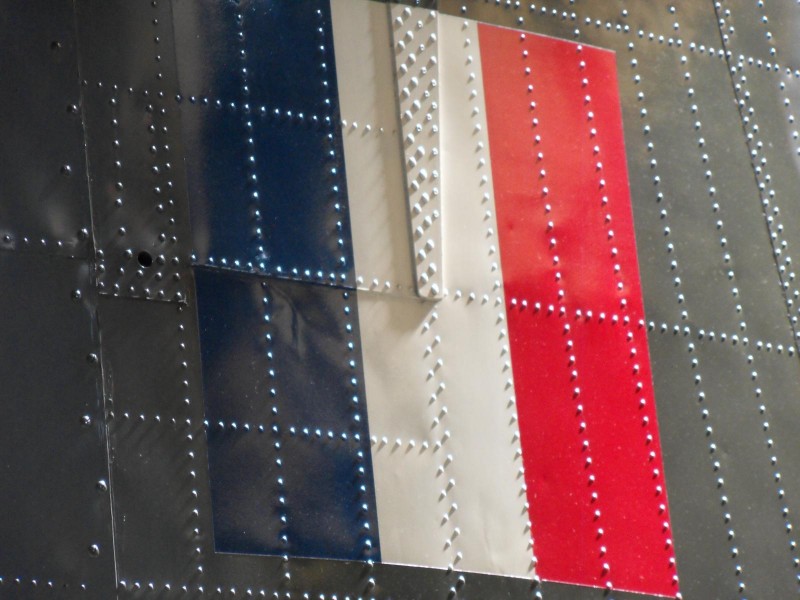
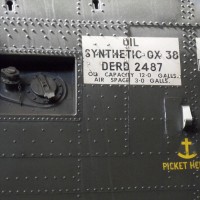
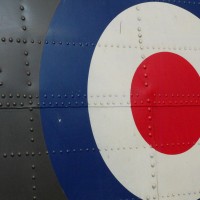

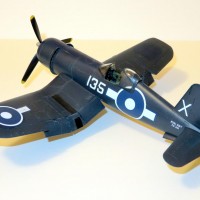
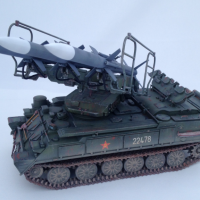
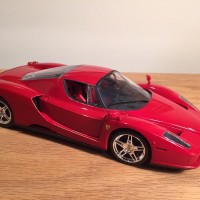
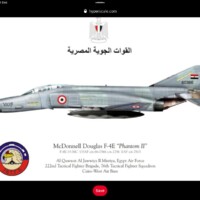
There is one word explaining the issue - scale.

Visible dot would be invisible in the scale as well as other details. All bumps visible on the original will be perfectly flat even in 1:32 scale.
but we are ok with this, because we want to get "nice" look of our models.
I agree with you. Some models just dont look real or lifelike, unless we add things to bring it to life. I think this is were the creative artistic aspect of modeling comes in. Sort of tricks of the trade even if not to scale but overall looks good. I know my weathering is often over done for the same reason.
What issue?
Rivets...the ultimate modeler's "challenge" indeed.
Yikes - do I detect some "silvering" behind that Picket Here decal?
Agree with above comments - it takes some creative license to make especially smaller scale models come to life.
I have made the mistake of finding some small detail that looks really good on larger images, but when I try to replicate it for scale, it really looks awkward!
Great comment, Greg. The "silvering" effect is a barely noticeable effect that may come from a laquer sealing the decal to the surface.
Whenever I see aircraft in museums I’m always struck by the apparent ‘bodge’ in their appearance, in terms of basic engineering married with various scales of tech, and this applies equally whether a 1930s aircraft or an F4.
Yes, this is what I´m after. The many times unexpected details that make you go "oh, really!?"
"Bodge" is a new word to me. Repairs, etc.
I have good experience making rivets from dots of thick nail-lacquer. You can apply them with a topped needle or toothpick. After painting, they look the part and it's cheap!
I’ve had various rivets in sheets, by scale and number, in resin, from Archer Fine Transfers. They’re applied in strips of dots.
Well, Stellan, unbelievably I have a Bristol Belvedere on the bench at the moment. She's just above stall speed at the moment but still on the radar...
http://imodeler.com/groups/100-years-of-the-royal-air-force/forum/topic/i-fell/
Even more unbelievably she is covered in what looks like quite accurate rivets. Not bad for a 1959 first issue!
Thanks for all comments so far. However, no one is feeling like adding any photos of unexpected and lovely details from the real machines we love to make models of? Maybe I am misunderstood? I´m not after discussing the absence of details on models or the abundance of rivets on an aircraft that in real life was smooth as a mirror or too big details when they should be slight and delicate. Am I really the only one taking a step closer rather than away from the machine while snapping away?
Yes, of course its the high point of British helicopter development you can see on the photos http://www.hmfriends.org.uk/restorbelv.htm
Interesting post, Stellan. So here is my two cents, coming from the point of view of an aircraft mechanic who has generally seen airplanes from the inside out.
People who obsess about panel and rivet lines have never looked up close at an airplane that has been in service for any length of time. Repairs (authorized or not), modifications and just daily wear and tear all have an impact on how any given airplane looks. I've worked on consecutive serial numbered airplanes that were different because of factory or company up- or down grades from one block to the next. Antennas can be all over the place. Access panels for the same component can be moved or relocated. Sheet metal repairs are only as good as the guy bucking the rivets and if it was on a midnight shift on his Friday there's no telling what how they might come out. Holes don't always line up, long rivet runs are not always straight, and I have seen bolts installed where rivets should be. The same color or spec number of paint can come out completely different depending on what batch it came from and how well you stirred it up before you shot it. And no, the blemishes don't always get fixed right away.
It's funny because sometimes to me, the more someone tries to make a model look like the real thing, the less it does. I guess we may have all gotten used to warbird types, where limitless amounts of money are spent to make old airplanes much more perfect than they ever were when they were built!
My old modeling mentor told me once that the art in scale modeling is not building a perfect replica of something, but making everyone think you did.
I'll see if I can dig up some pics of odd stuff I've seen on airplanes. One that comes to mind is the GM bullet style automotive rear view mirrors that were installed on a bunch of Beech 18's smuggling contraband into Mexico many years ago...to keep an eye on your tail in case you didn't pay your mordida...
Jaime @jetmex - it's good to hear an actual aircraft mechanic talk about this. I think the quote you cited from your mentor is very close to the truth. I heard Tom Cruise in an interview say someone one once told him they'd "seen better Cruise 'doubles' than he was". Similar idea in that people will buy an illusion rather than the truth if it suits what they expect.
It'd be great to see some of your photos.
Great input, Jaime!
Hi Stellan, I think you more after the type of pictures attached to my reply. Two of my own shots of the DH Chipmunk from the Battle of Britain Memorial Flight. Took these during one of my visits to RAF Coningsby.
The Helicopter Museum in Weston-Super-Mare is certainly worth a visit.
2 attached images. Click to enlarge.
Stellan, one thing you don't see much of in scale model aircraft is replication of stressed steel skin, particularly seen in the heavy bombers. I've seen two or three articles on different ways to simulate the effect of the slightly buckled skin stretched over stringers and longerons, but few modelers try to reproduce the effect. You often see (I'm not a fan) models where builders have (over) weathered steel over ribs and spars, and I've even seen it done a couple of times on Mosquitoes...
Anyway, here's a few examples that will hopefully satisfy the need to get closer to the action. I think that 'quilted' effect is quite striking and would definitely as an 'unexpected and lovely detail from real machines'. The last photo is a (quite stunning, in my view) attempt to replicate the effect in a Lancaster.
Interesting effect on the wings and fuselage that is seldom replicated on models. Airfix model of the F.8 Meteor has this effect on the cannon bay covers. Must be one of few models having the ripple effect replicated in plastic. I remember our editor, Martin Waligorski, showing me some experimental work on a F4U Corsair in 1/72 more than 10 years ago. He used a curved scalpel blade to make the ripples. How did it come out, Martin?
Well here's two that are somewhat related. A few days ago on Imgur, someone posted shots of a re-painting effort on a Pilatus PC-7. They stripped the old finish down to the bare metal, then applied sealant. Pic 1 is the fresh sealer, pic 2 is after the sealer had a chance to dry and cure.
2 attached images. Click to enlarge.
Just had a quick look through the hard drive, here are a P51 (Colindale) and the Harrier hanging in The Imperial War Museum. Different styles of holding panels together.
Many modelers pretty much ignore the commercial side of aviation in favor of the much more romantic and exciting military part of the industry, but the variations can be just as different and dramatic on an airport tarmac as on a military base.
When I went to work for Continental Airlines, we had just acquired four or five other airlines, and then spent years integrating their airplanes into our fleet. My airplane was the Boeing 727, of which we had six different sub types from nine different airlines, including the airplanes that were built for us. There were four different cockpit layouts, four different dash number engines and two major avionics suites. But the biggest mishmash was paint jobs.
This was our standard color scheme then, red orange and gold with the gold tail and either a black or red (sometimes both) "meatball" on the tail. The trim colors could vary widely depending on where they got painted.
This airplane came from People Express and still bears their color scheme with the meatball on the tail and the "Continental" script on the fuselage, which replaced the very hastily painted over (sometimes with a brush) original markings. If you look closely, you'll also notice the radome doesn't quite match. This was a fairly mild example of some of the oddball paint jobs we ended up with during that period. It took all of the thirteen years I worked on that airplane to get them all sort of standardized, then we sent them all to the boneyard.
If you look even more closely, you can see what appears to be a strip of silver underneath the passenger doors. Those were sheet metal doublers added to the lower door frames to reinforce the area because the skins at the bottom of the doors would crack. Those varied widely, too. The 737's had them as well.
It's funny to me that all the slots on the cowl panel Dzus fasteners in the Mustang photo above are all lined up in the same direction! You'd never see that on an in service airplane...
Great interpretation of odd details are mismatching colours and lines that do not line up. Very good indeed. Can´t comment on the fasteners but is is also an interesting thought when things get too uniform they stand out. Decals, stencils and paint jobs are important details that can make or break a model...or the real thing. Thanks, Jaime!
Jaime - amazing attention to detail there with the mustang 'catch' - spoken like a true engineer!
Ok, I'm on a roll. So:
P-40 with the drop tank installed backwards. Or maybe it's the airplane.
We don't need rivets. Sometimes we just slap that panel back on with speed tape.
What the repair to a hole in an aircraft skin is supposed to look like.
What the repair to a hole in an aircraft skin usually really looks like. This is battle damage to the B-17 Memphis Belle. Notice that the rivets don't quite line up or match the panel lines. Even today on non combat airplanes, this is not as unusual as you might think...
It just occurred to me that the average standard structural AN rivet on a US built airplane has a 1/8 inch diameter shank, with the head being maybe a 3/16 inch when it's bucked properly. How big is that in 1/72 scale?
Great photos Jaime. Personally, I think they were in a hurry and mounted the P-40 backwards. Easy to do when not paying attention. Rivets in1/72? Tiny. Very tiny. Unless on a Bristol Beldevere